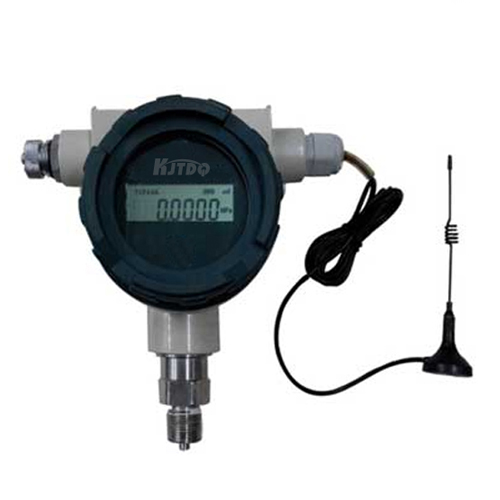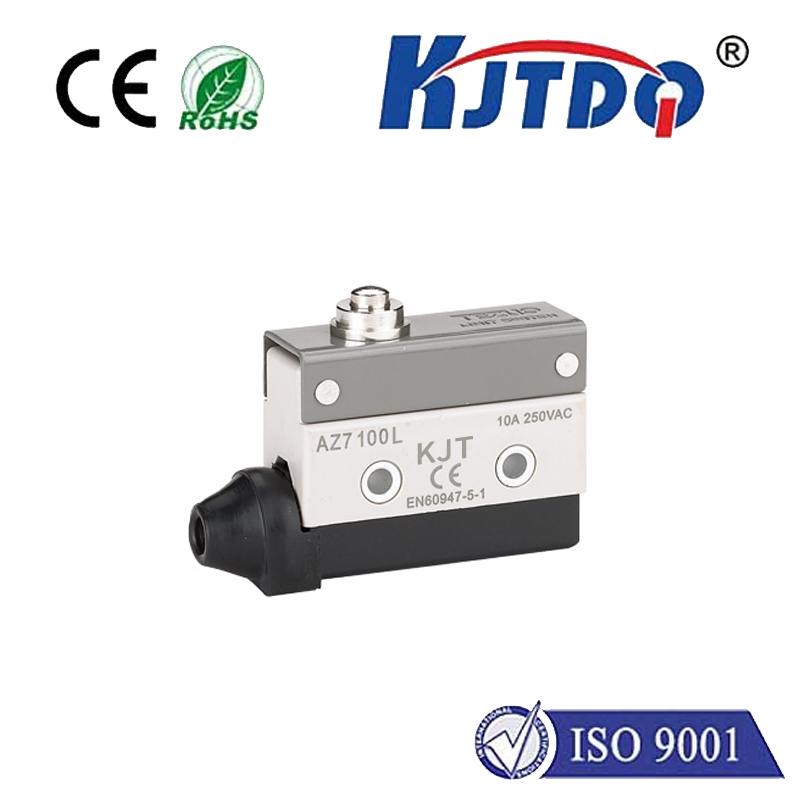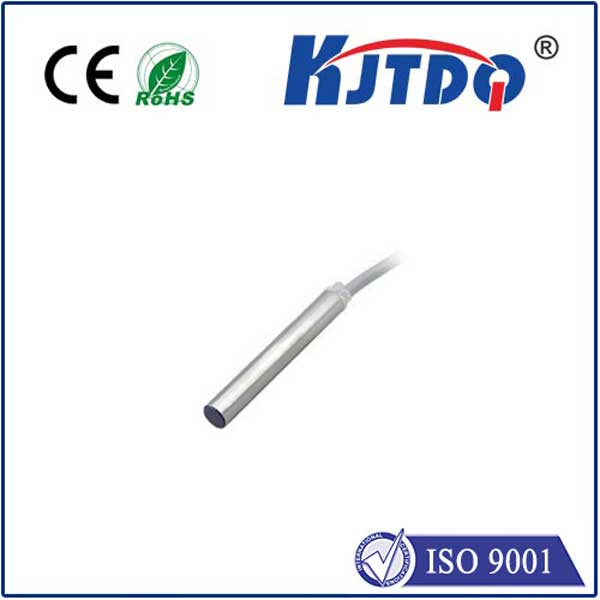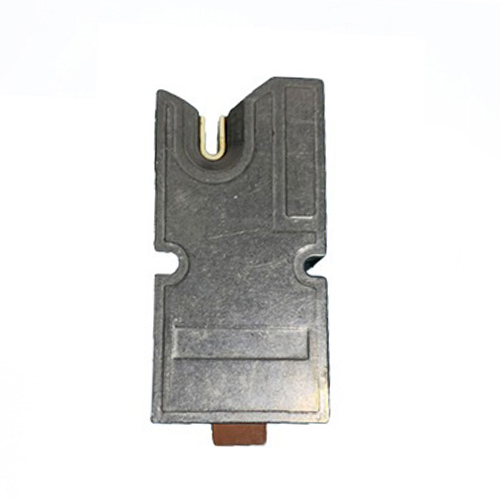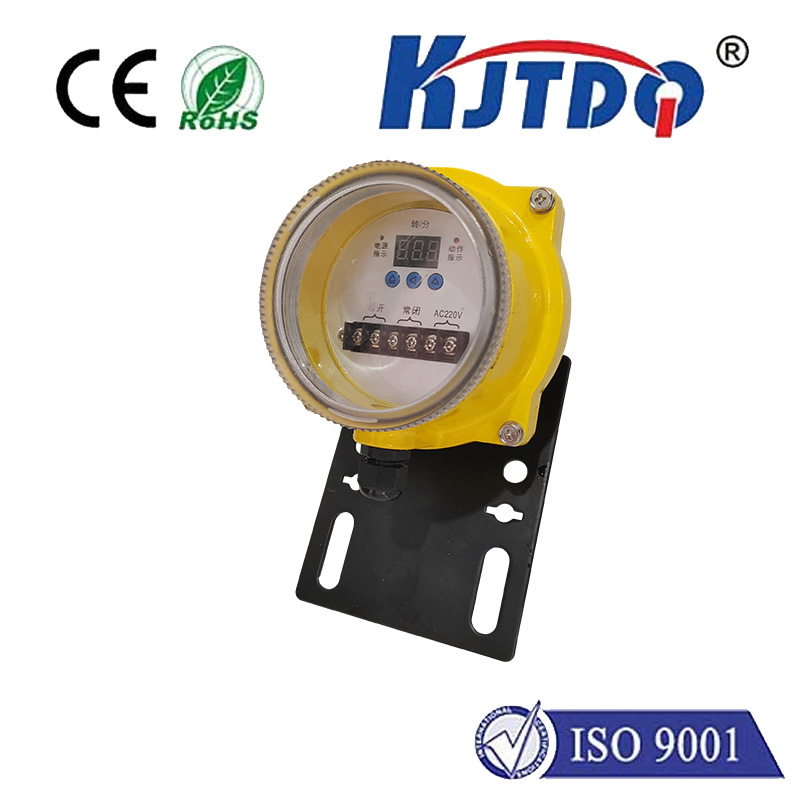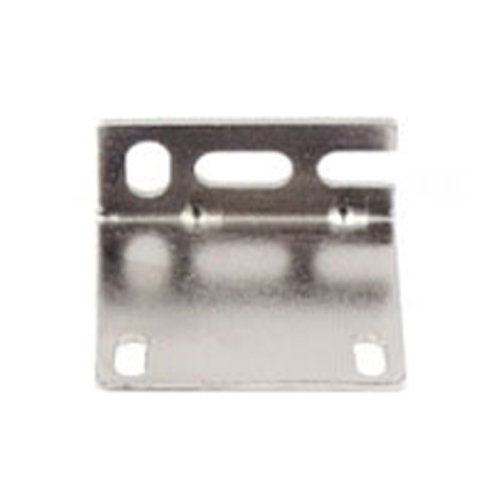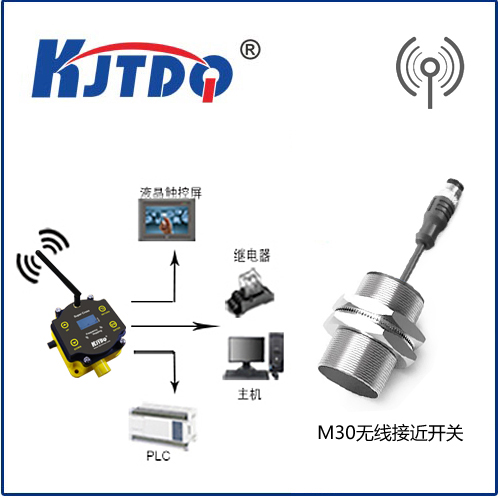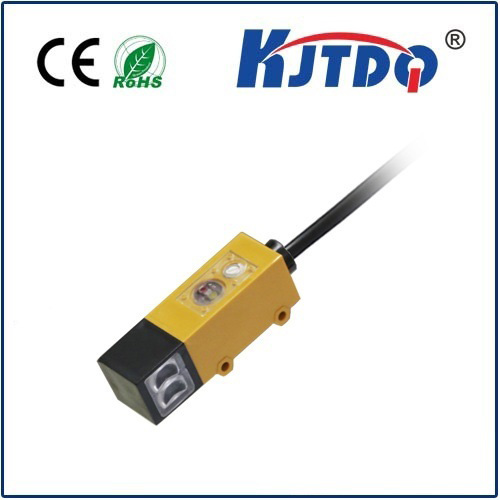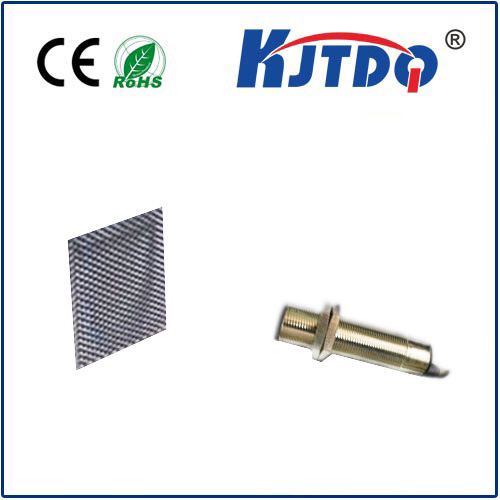The Ultimate Guide to Speed Sensors: How They Work and Why They Matter Imagine driving on a highway, effortlessly maintaining a steady speed, thanks to your car’s cruise control system. Ever wondered what makes this possible? The unsung hero behind this seamless experience is the датчик скорости. From automobiles to industrial machinery, speed sensors play a critical role in ensuring efficiency, safety, and precision. In this comprehensive guide, we’ll explore what speed sensors are, how they work, their applications, and why they are indispensable in modern technology.
А.датчик скорости is a device designed to measure the rotational or linear speed of an object. It converts mechanical motion into electrical signals, providing real-time data that can be used for monitoring, control, or analysis. These sensors are essential in various industries, including automotive, aerospace, manufacturing, and robotics.
Speed sensors operate on different principles depending on their type and application. Here are the most common technologies:
Magnetic Speed Sensors: These sensors use a magnet and a coil to detect changes in a magnetic field caused by the rotation of a toothed wheel or gear. As the teeth pass the sensor, they generate pulses, which are then converted into speed measurements.
Optical Speed Sensors: These sensors rely on light beams and photodetectors. A rotating disc with slots interrupts the light beam, creating pulses that are counted to determine speed.
Hall Effect Sensors: Based on the Hall effect principle, these sensors detect changes in a magnetic field caused by a rotating object. They are highly accurate and widely used in automotive applications.
Inductive Speed Sensors: These sensors use electromagnetic induction to detect the movement of metallic objects. They are robust and ideal for harsh environments.
Speed sensors are versatile and find applications in numerous fields:
Автомобильная промышленность: In vehicles, speed sensors are used in anti-lock braking systems (ABS), traction control systems, and transmission control. They ensure smooth operation and enhance safety by providing real-time data on wheel speed.
Industrial Machinery: Speed sensors monitor the performance of motors, conveyors, and turbines, helping to prevent equipment failure and optimize productivity.
Аэрокосмическая промышленность: In aircraft, speed sensors are critical for measuring the speed of engines, propellers, and landing gear, ensuring safe and efficient operation.

Потребительская электроника: Devices like treadmills and washing machines use speed sensors to control motor speed and improve user experience.
Робототехника: Speed sensors enable precise control of robotic arms and motors, enhancing accuracy and efficiency in automated processes.
The importance of speed sensors cannot be overstated. Here’s why they are a cornerstone of modern technology:
Безопасность: In automotive applications, speed sensors are vital for systems like ABS and electronic stability control, which rely on accurate speed data to prevent accidents.
Эффективность: By providing real-time speed measurements, these sensors help optimize the performance of machinery and vehicles, reducing energy consumption and operational costs.
Точность: In industries like manufacturing and robotics, speed sensors ensure precise control of equipment, leading to higher-quality output and reduced waste.
Predictive Maintenance: Speed sensors can detect irregularities in machinery, enabling timely maintenance and preventing costly breakdowns.
Selecting the appropriate speed sensor depends on several factors, including the application, environment, and required accuracy. Here are some key considerations:
Type of Sensor: Magnetic, optical, Hall effect, or inductive sensors each have their strengths. For example, Hall effect sensors are ideal for high-accuracy automotive applications, while inductive sensors excel in rugged industrial environments.
Environmental Conditions: Consider factors like temperature, humidity, and exposure to dust or chemicals. Some sensors are designed to withstand harsh conditions.
Accuracy and Resolution: High-precision applications, such as aerospace or robotics, may require sensors with superior accuracy and resolution.
Mounting and Installation: Ensure the sensor is compatible with the mounting requirements of your equipment.
The field of speed sensors is constantly evolving, driven by advancements in materials, electronics, and data processing. Here are some notable trends:
Miniaturization: Smaller sensors are being developed for applications where space is limited, such as wearable devices and compact machinery.
Wireless Connectivity: Wireless speed sensors are gaining popularity, offering easier installation and real-time data transmission.
Integration with IoT: Speed sensors are increasingly being integrated into the Internet of Things (IoT), enabling remote monitoring and control of equipment.
Enhanced Durability: New materials and coatings are improving the durability of speed sensors, making them suitable for extreme environments.
While speed sensors are highly reliable, they can face challenges such as signal interference, wear and tear, or calibration issues. Here’s how to address them:
Signal Interference: Use shielded cables and proper grounding to minimize electromagnetic interference.
Wear and Tear: Regular maintenance and the use of durable materials can extend the lifespan of speed sensors.
Calibration: Periodically calibrate sensors to ensure accurate readings, especially in critical applications. In conclusion, speed sensors are a fundamental component of modern technology, enabling safety, efficiency, and precision across various industries. Whether you’re driving a car, operating machinery, or developing advanced robotics, understanding the role and functionality of speed sensors can help you make informed decisions and optimize performance.
